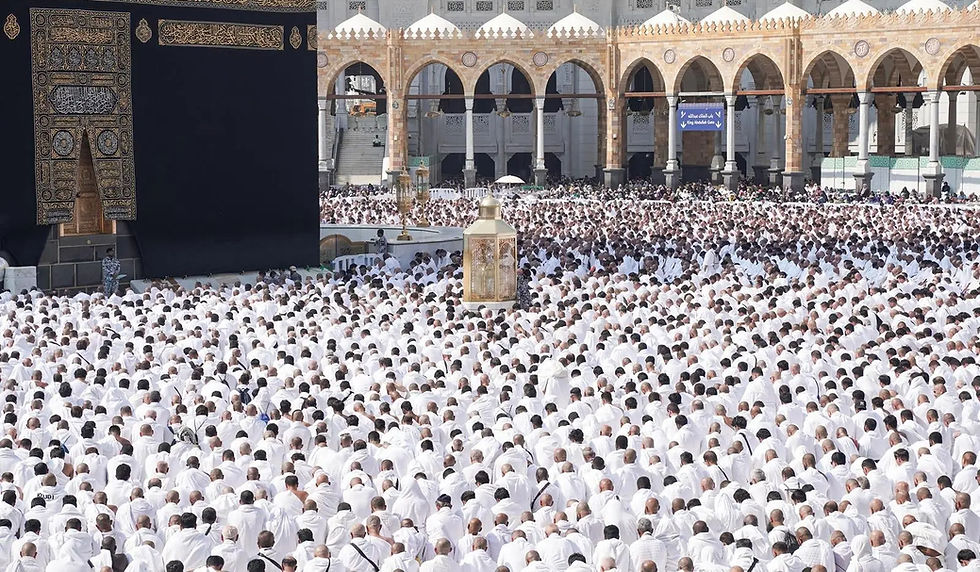Falcon Hunting Season Begins in Jazan, Preserving Centuries-Old Heritage
- SAUDI ARABIA BREAKING NEWS

- Oct 20
- 1 min read

Jazan, October 20 (Saudi Arabia Breaking News) – As winter approaches each year, the mountainous and coastal regions of Jazan mark the start of the falcon hunting season, a deeply rooted tradition that remains a vital part of Saudi Arabia’s cultural heritage and desert identity, the Saudi Press Agency (SPA) reported.
Falconers begin preparing in late autumn, coinciding with the annual falcon migration from Central Asia to warmer climates. Running from September through January, the season transforms Jazan’s mountains and coastline into key stopovers along migratory routes. The practice blends tradition, skill, and friendly competition, grounded in generations of knowledge about the terrain and the birds’ flight patterns.
To ensure sustainability and wildlife protection, the Saudi Falcons Club, in cooperation with environmental authorities, has established strict regulations for falcon hunting. These include mandatory registration, bans on harmful hunting methods, protection of endangered species, and awareness campaigns promoting biodiversity conservation.
In Jazan, hunting techniques range from traditional to modern, with one of the best-known methods being “netting the dove”—a practice in which a small net is attached to a pigeon to safely attract and capture a falcon.
Once captured, falcons are trained and cared for by their handlers and often later appear at Saudi Falcons Club auctions, which draw participants from across the Kingdom and the Gulf. Some falcons sell for as much as SAR150,000, underscoring the growing economic significance of this living heritage.
The falcon hunting season in Jazan stands as a symbol of continuity, reflecting the community’s enduring connection to its natural environment, cultural identity, and ancestral traditions passed down through generations.

